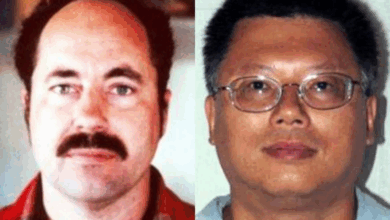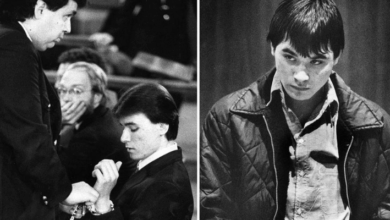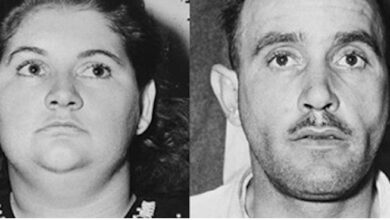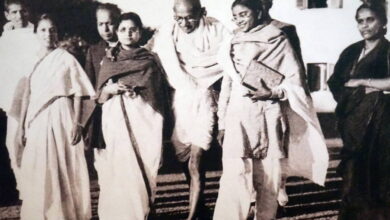The Columbine High School Massacre: A Tragedy That Changed America
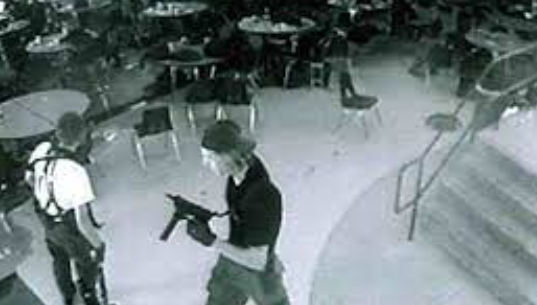
The Columbine High School Massacre: A Tragedy That Changed America
On April 20, 1999, the United States witnessed one of the most horrific school shootings in its history. The Columbine High School massacre, perpetrated by two students—Eric Harris and Dylan Klebold—not only resulted in the tragic loss of innocent lives but also marked a significant turning point in American discourse surrounding school safety, gun control, mental health, and youth culture. The event left an indelible scar on the national psyche and continues to influence school policies and security measures to this day.
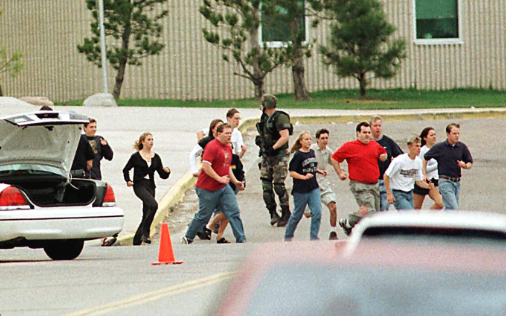
Background of the Perpetrators
Eric Harris and Dylan Klebold were both seniors at Columbine High School in Littleton, Colorado, a suburban town outside of Denver. At first glance, the two teenagers appeared to be relatively normal students. They came from middle-class families, performed adequately in school, and had no criminal history that would predict such extreme violence. However, beneath this surface lay deep-seated anger, alienation, and psychological instability.
Eric Harris, often viewed as the more dominant of the two, exhibited traits of narcissism, sadism, and sociopathic tendencies. His journal entries and website writings revealed a growing hatred for humanity, a desire for revenge against those he perceived as having wronged him, and a fascination with weapons and explosives. Dylan Klebold, on the other hand, displayed signs of depression and suicidal ideation. His personal writings were filled with despair, confusion, and a longing to escape his life. Though their personalities were different, their shared sense of resentment and desire for notoriety bound them together in a deadly pact.
Planning the Attack
The attack on Columbine High School was not a spur-of-the-moment act but a meticulously planned operation that took over a year to prepare. Harris and Klebold envisioned an event far more devastating than what eventually transpired. Their original plan involved the detonation of propane bombs placed in the school cafeteria, timed to explode during the busiest lunch period. The goal was to kill hundreds of students instantly. They had also rigged their cars with additional bombs, intended to explode once emergency responders arrived, causing maximum casualties.
In preparation, the pair amassed an arsenal of weapons, including two sawed-off shotguns, a 9mm carbine rifle, a 9mm TEC-DC9 semi-automatic handgun, and over 90 homemade explosives. They acquired these illegally, relying on acquaintances to make purchases and taking advantage of lax gun laws. The duo also conducted tests of their bombs in nearby rural areas to ensure their plans would work as intended.
The Day of the Attack: April 20, 1999
At approximately 11:19 a.m., after the cafeteria bombs failed to detonate, Harris and Klebold began their assault on the school. They approached Columbine High School dressed in black trench coats, carrying bags filled with weapons and explosives. Their first victims were Rachel Scott and Richard Castaldo, who were sitting outside on the grass. Rachel was killed instantly, while Richard was critically wounded.
The two then moved into the school building, entering the library—the heart of the massacre. Within just seven minutes, they killed 10 students and injured many others. The perpetrators showed little mercy, laughing, taunting their victims, and selectively sparing others. Their actions were cold and calculated, targeting athletes, minorities, and anyone who begged for their lives.
During the rampage, teachers and students barricaded themselves in classrooms and offices, frantically calling 911. The school descended into chaos as SWAT teams arrived on the scene and attempted to secure the area. By 12:08 p.m., Harris and Klebold had retreated to the library, where they turned their weapons on themselves and died by suicide.
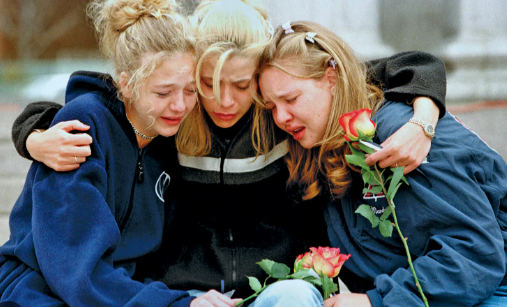
The Toll of the Tragedy
The attack lasted approximately 50 minutes. When it was over, 13 people had been murdered—12 students and one teacher—and over 20 others were injured, many of them critically. Among the dead was teacher Dave Sanders, who had heroically helped students escape before succumbing to his wounds. The physical toll, though staggering, was only the beginning.
The psychological impact of the massacre was profound. Survivors suffered from post-traumatic stress disorder (PTSD), depression, and anxiety. Families of the victims experienced unimaginable grief, and the Columbine community was shattered. The event also deeply affected the broader American public, who watched in horror as images of terrified students fleeing the school and crying parents waiting for news were broadcast nationwide.
Media Coverage and Misconceptions
In the immediate aftermath, media coverage was extensive and often sensationalized. The narrative quickly coalesced around the idea that Harris and Klebold were part of a “Trench Coat Mafia,” a supposed clique of outcast students who were bullied by their peers. This narrative suggested the attack was an act of revenge against a culture of exclusion and abuse.
However, subsequent investigations debunked many of these early claims. The “Trench Coat Mafia” was not a cohesive group, and while Harris and Klebold may have felt marginalized, they were not social outcasts in the way the media portrayed. The narrative of bullying as the primary motivator oversimplified a far more complex psychological and social profile. The truth lay more in their combined mental health issues, access to weapons, and a shared fascination with violence and infamy.
The Aftermath: National Reflection and Policy Changes
The Columbine shooting prompted a nationwide reckoning on several fronts. First and foremost, it led to widespread scrutiny of school security practices. In the years following the massacre, schools across the United States implemented stricter safety protocols—ranging from metal detectors and surveillance cameras to lockdown drills and increased presence of school resource officers.
Gun control became another hot-button issue. The fact that Harris and Klebold obtained their weapons despite being underage exposed serious flaws in gun purchasing regulations and background checks. While attempts at legislative reform, such as closing the “gun show loophole,” were proposed, significant change proved difficult due to political resistance and lobbying by gun rights groups.
Mental health awareness also came to the forefront. The massacre highlighted the urgent need for better support systems in schools, including counseling services, mental health screenings, and programs to identify and help at-risk youth before they turned to violence.
Moreover, Columbine influenced how law enforcement responded to active shooter situations. Prior to 1999, police protocol involved setting up a perimeter and waiting for SWAT. After Columbine, the strategy shifted to immediate engagement—officers are now trained to neutralize the threat as quickly as possible, even if backup has not yet arrived.
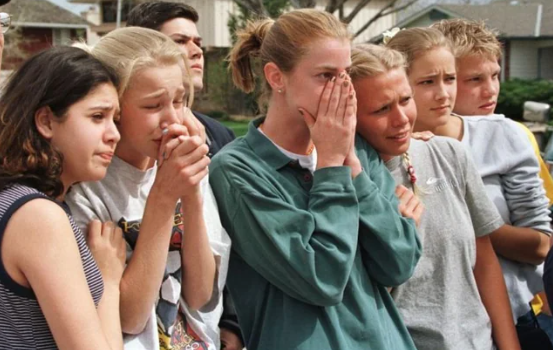
Cultural and Societal Impact
The Columbine massacre left a lasting imprint on American culture. It inspired books, documentaries, films, and even video games, all attempting to grapple with the horror and understand its causes. The term “Columbine” became a grim reference point, invoked whenever subsequent school shootings occurred.
Unfortunately, the attack also had a dark influence on future perpetrators. Many subsequent school shooters, including those responsible for Virginia Tech (2007), Sandy Hook (2012), and Parkland (2018), cited Harris and Klebold as inspirations or tried to emulate their actions. This phenomenon, known as the “Columbine effect,” has raised ethical concerns about how media coverage of such events can inadvertently glamorize the killers and encourage copycats.
Efforts to honor the victims have been ongoing. A memorial was constructed near Columbine High School, dedicated to the lives lost and the community’s resilience. Rachel’s Challenge, an anti-bullying organization founded by the family of Rachel Scott, has reached millions of students around the world with a message of kindness and compassion.
Lessons and Legacy
More than two decades later, the tragedy at Columbine remains a sobering reminder of the fragility of life and the deep issues facing modern society. It exposed cracks in the American educational, psychological, and legal systems and prompted a difficult but necessary conversation about violence, alienation, and responsibility.
Though school shootings continue to occur, the legacy of Columbine has not been forgotten. It serves both as a cautionary tale and a call to action—a demand that communities, educators, parents, and policymakers remain vigilant, compassionate, and committed to preventing such atrocities in the future.
Conclusion
The Columbine High School massacre was more than a school shooting—it was a cultural watershed that forever changed how Americans view safety, youth, and violence. The names Eric Harris and Dylan Klebold have become synonymous with an era of tragic bloodshed, but so too have the names of the victims, whose lives now serve as a rallying cry for peace, empathy, and change. As society continues to search for answers and solutions, the lessons of Columbine remain urgently relevant, reminding us of the high cost of inaction and the enduring power of remembrance.

